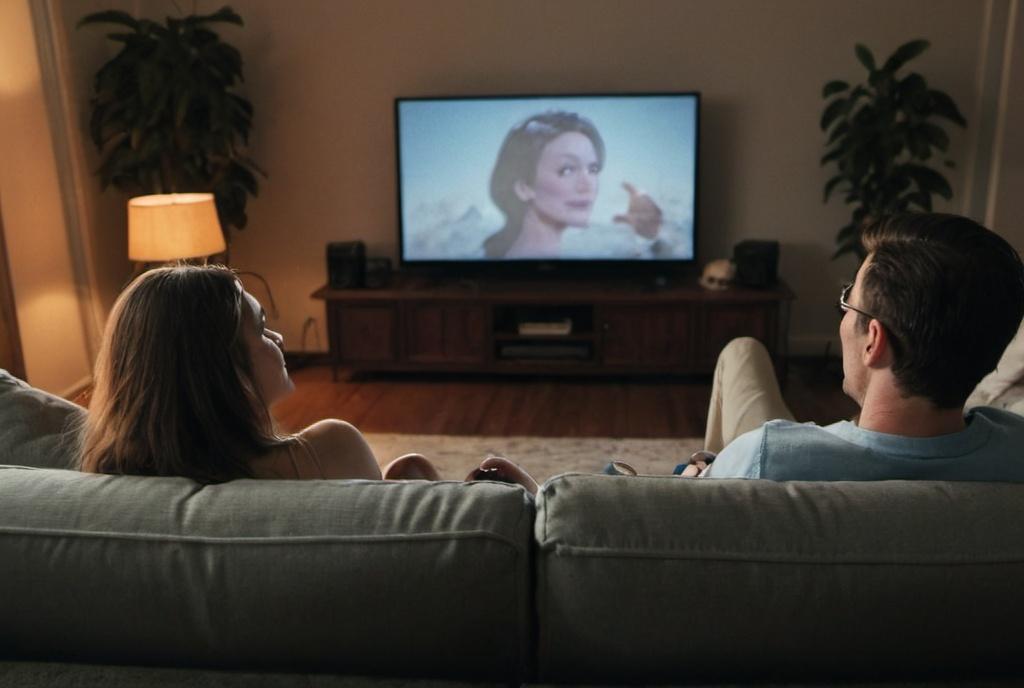
Key Take Aways About poster design for movies
- Movie posters are crucial in film marketing, offering a visual preview of a movie’s story, theme, or vibe.
- Early posters focused on text and information; they evolved into artistic expressions by the mid-20th century.
- Design trends have shifted from minimalistic to bold, digital styles, reflecting technological cinema advances.
- Financial impact: Attractive posters boost ticket sales, linking more visibility to financial success.
- Key design elements: color schemes, typography, imagery, symbolism, and themes contribute to a poster’s effectiveness.
- The allure of printed movie posters endures, despite the rise of digital platforms.

The Impact of Movie Poster Design on Cinema
Movie posters are like the first handshake with the audience, setting the stage for what’s to come. They’re the real unsung heroes of film marketing, and they’ve been around since the early days of cinema. Posters tell you what’s up with a film, hinting at the story, theme, or vibe long before you buy the ticket.
History and Evolution of Movie Posters
Back in the day, movie posters were less flashy and more about information. Early posters were basic—just text and maybe a little image if you were lucky. The focus then was on the cinema schedule, rather than artistic expression. It wasn’t until the mid-20th century that posters became an art in themselves. Directors and producers realized that a well-crafted poster could become iconic, sticking in the public’s mind and increasing a movie’s appeal.
Changing Trends and Styles
From the minimalistic style of the 50s to the psychedelic approach of the 70s and the digital era of today, poster design keeps flipping the script. The 80s brought bold colors and dramatic compositions, while recent designs often focus on a more polished, digital look with emphasis on the lead actors and special effects. The shift from hand-drawn art to computerized graphics has mirrored technological advances in cinema.
The Financial Angle
Creating a compelling movie poster is not just about artistic merit—it’s got some serious financial implications. Studios invest heavily in poster design because a visually appealing poster can boost ticket sales. Think of it like this: more eyes on the poster, more bums in seats, and ultimately, more moolah. While it’s tricky to put an exact number on a poster’s influence, a killer design can definitely help a movie’s bottom line.
Case Studies: Successful Movie Posters
Let’s chat about some posters that crushed it. Take “Jaws” for example: a simple yet terrifying image of a shark approaching an unsuspecting swimmer. It screamed suspense and became etched in pop culture. Then there’s “Pulp Fiction” with its retro vibe and Uma Thurman front and center, drawing in audiences with its mysterious allure. Both posters went above and beyond, increasing curiosity and ticket sales.
Design Elements That Convert
So what makes a poster not just good but great and effective? Several elements come into play, and designers need to nail these down to make a poster that really sings.
Color Schemes
Colors are vital—they convey mood and tone without saying a word. Horror films lean on dark reds and blacks, rom-coms favor light and pastel tones, and sci-fi often uses blues and metallics. A well-chosen palette can evoke the right feelings and set expectations immediately.
Typography
The choice of font can say a lot about a film. Blocky, bold letters might scream action, while elegant scripts could hint at drama or history. Typography complements imagery in building a movie’s identity and is crucial in catching the eye.
Imagery
Poster images often become as iconic as the films themselves. Whether it’s a close-up of a character or a silhouette against a dynamic backdrop, the image is charged with evoking the film’s essence. It’s a visual teaser that piques curiosity and stirs emotions.
Symbolism and Themes
Subtle symbols can be real game-changers. A well-placed symbol or motif can add layers of meaning and intrigue. Clever designers create designs that encourage a closer look, rewarding the observant viewer with insights into the film without giving away the store.
Conclusion
Movie posters are more than just colorful paper for walls. They play a pivotal role in a film’s marketing strategy, bridging art and commerce. A great poster can encapsulate the spirit of a film, hook potential viewers, and, let’s be honest, they make a serious dent in the wallet for collectors too. While digital platforms have changed the game, the classic allure of a printed movie poster still holds its ground. If you ever find yourself pondering the allure of cinema, spare a thought for that eye-catching poster that grabbed your attention in the first place.



